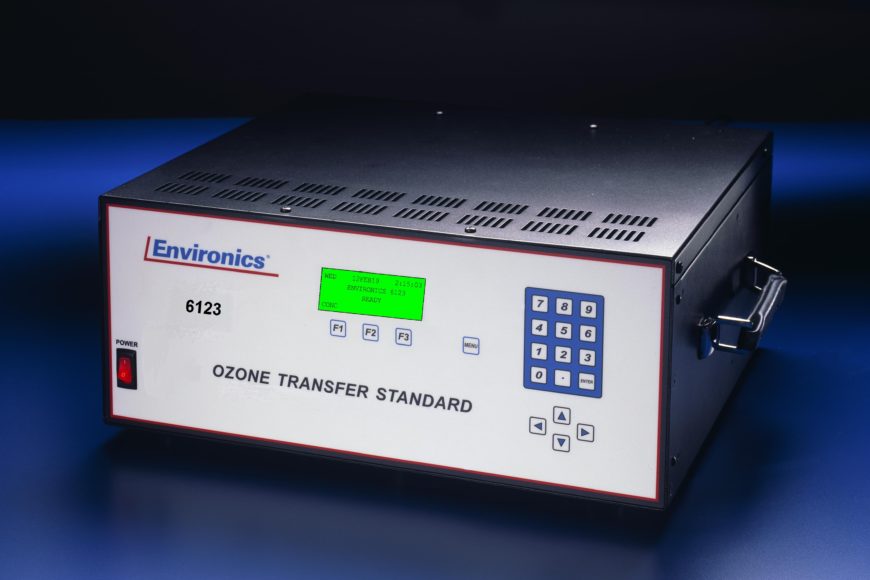
Gas detectors and analyzers are used for an extensive range of applications including workplace safety, scientific research and environmental monitoring. Keeping your gas equipment properly calibrated is the only way to ensure they’re performing at their best – making gas calibration equipment essential. This article explains why you should be using gas calibration equipment and how often you should be calibrating your gas equipment.
A huge range of sophisticated technologies have been developed with the sole purpose of detecting and quantifying concentrations of various gases in different applications:
– Gas detectors to protect people from gas hazards in the workplace. Commonly, fixed devices are used to monitor specific fixed hazards (such as chemical processing equipment), while portable multi-gas detectors provide an essential early warning system for workers who may encounter gas hazards as they go about their jobs.1 For these applications, gas calibration equipment is vital to ensure personnel safety.
– Gas analyzers for research and industry. These sensitive pieces of equipment are designed to characterize and quantify gases as accurately as possible for applications in research and industry. These devices use a variety of technologies including mass spectrometry or gas chromatography to precisely analyze the constituents of gases.
– Environmental monitors. Environmental gas monitors are used primarily to monitor pollutants. They’re typically automated sampling gas analyzers which log data over relatively long time periods and offer varying levels of precision.
However, regardless of sensor type or application, all gas monitoring devices share one thing in common: they’re prone to drift, meaning they lose accuracy over time. In order to ensure effectiveness, these devices must be regularly calibrated using the proper gas calibration equipment.
For safety applications, it goes without saying that gas calibration equipment is especially critical. But, regardless of application, if you currently use gas detection equipment of any type but don’t currently have gas calibration equipment, it’s only a matter of time before your readings become unreliable.
Some types of gas detector (especially electrochemical ones) are also prone to degradation.2 In these cases, gas calibration equipment is essential, as a low-level leak can sometimes cause complete loss of sensor performance without ever triggering an alarm.
Using the Correct Gas Calibration Equipment
Fortunately, gas calibration is typically straightforward to carry out.
The most common type of gas calibration equipment is simply a gas canister containing an accurately prepared calibration gas standard which the gas equipment can use as a reference. Many manufacturers of gas detectors also provide proprietary gas calibration equipment designed for their products.
For many applications – such as in instances where there are multiple types of gas equipment used, or where there are variable requirements for calibration (such as in laboratories) – other types of gas calibration equipment offer advantages.
In these instances, multi gas calibration equipment provides additional control and precision by mixing calibration gas mixtures on demand. Multi gas calibration equipment such as Environics’ Series 6100 can automatically perform zero, precision, span and multi-point calibrations using a range of gases.3
The Series 6100 comes as standard with two high-precision mass flow controllers which provide superior performance to other gas calibration equipment.
How Often Should You Use Gas Calibration Equipment?
For safety applications, most gas detectors require calibration at least every 6 months in order to provide reliable performance. However, depending on exposure to adverse conditions (temperature, moisture, or low-level exposure to target gasses) and type of sensor, it is sometimes advisable to calibrate even more often than this.
For analytical applications, you may have to use your gas calibration equipment anywhere from daily (e.g. time-of-flight mass spectrometers) to a few times a year (e.g. quadrupole mass spectrometers).
Ultimately, there are no general rules for how often you should use gas calibration equipment: it’s always best to consult the manufacturer of your gas equipment for guidance on the specific equipment and use-case. Environics develop industry-leading gas calibration equipment suitable for the most demanding applications in industry and research. To find out more about our range of gas calibration equipment, get in touch with a member of our team today.

